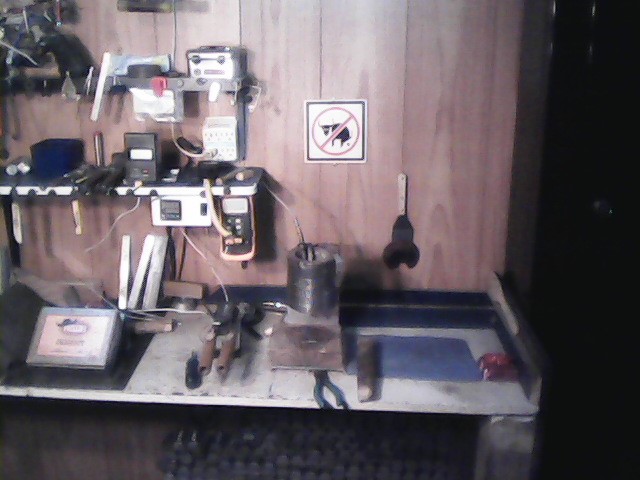Is it common knowledge that what a mold temperature is effects the weight of the bullet that it drops?
That if you cast with an external mold temperature running 370, that it will cast bullets lighter than if the mold was running say at about 405. Example 214.5 @ 370 vs 215.2 @ 405.
Zip, zero, none, nada insinuation that light vs heavy or mixing and sorting would have any effect on accuracy. Or if it even makes a difference for any practical reason what’s so ever.
Just a question about what the general consensus is about mold temperatures and it’s effect on cast weight.
Thanks as always, Bill Cook
A “Measured Response” is as effective as tongue lashing a stuck door.




















